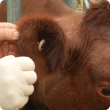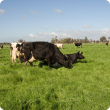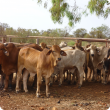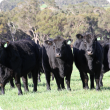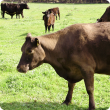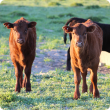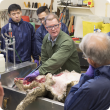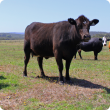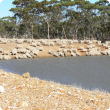Services
Search in Services
Filter services by topic
- Livestock species (18) Apply Livestock species filter
- (-) Remove Dairy cattle filter Dairy cattle
- Diseases (18) Apply Diseases filter
- Pests, weeds & diseases (18) Apply Pests, weeds & diseases filter
- Beef cattle (18) Apply Beef cattle filter
- (-) Remove Livestock & animals filter Livestock & animals
- (-) Remove Livestock health & diseases filter Livestock health & diseases
- Livestock disease surveillance (17) Apply Livestock disease surveillance filter
- Biosecurity & quarantine (16) Apply Biosecurity & quarantine filter
- Biosecurity (16) Apply Biosecurity filter
- Livestock biosecurity (15) Apply Livestock biosecurity filter
- Sheep (8) Apply Sheep filter
- Livestock management (6) Apply Livestock management filter
- Goats (5) Apply Goats filter
- Horses (4) Apply Horses filter
- Pigs (3) Apply Pigs filter
- Management & reproduction (3) Apply Management & reproduction filter
- Control methods (3) Apply Control methods filter
- Chemicals (3) Apply Chemicals filter
- Veterinary chemicals (2) Apply Veterinary chemicals filter
- Residues in livestock (2) Apply Residues in livestock filter
- Preventing residues (2) Apply Preventing residues filter
- Livestock movement & identification (1) Apply Livestock movement & identification filter
- Poultry & birds (1) Apply Poultry & birds filter
- Food, export & investment (1) Apply Food, export & investment filter
- Feeding & nutrition (1) Apply Feeding & nutrition filter
- Emergency animal disease preparedness (1) Apply Emergency animal disease preparedness filter
- Export services (1) Apply Export services filter

